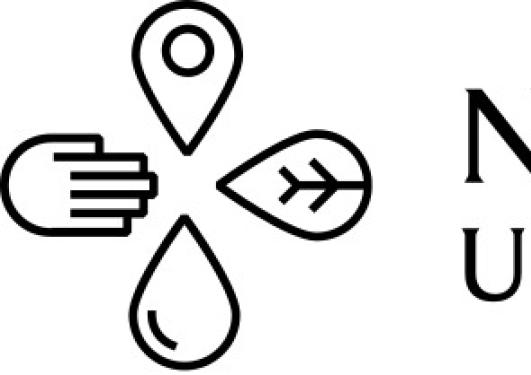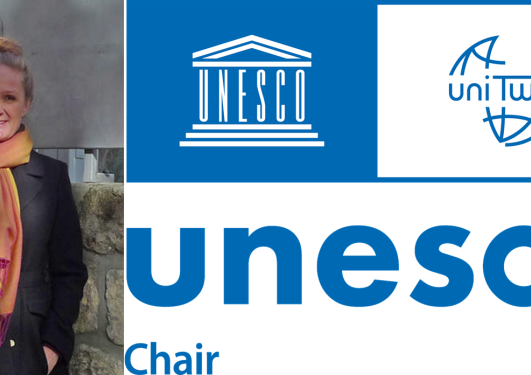People matter – Understanding what and where communities value nature in a UNESCO biosphere reserve
How and where does nature add value to our lives? In this new study, PhD candidate Jarrod Cusens engaged local communities to understand the spatial distribution of people's values for nature in The Nordhordland Biosphere Reserve; Norway’s first UNESCO Biosphere Reserve established in 2019.

Hovedinnhold
In 2019 Nordhordland Biosphere Reserve was designated as Norway’s first UNESCO Biosphere Reserve. Nordhordland Biosphere Reserve in now one of 727 biosphere reserves in 131 countries forming part of UNESCO’s Man and Biosphere programme. These areas are considered as learning sites or model regions for sustainable development, divided into three zones: core zones for conservation, buffer zones for ecologically compatible activities and transition zones for human activities compatible with sustainable development.
For many CeSAM members, Nordhordland Biosphere Reserve is becoming something of a ‘living laboratory’ providing the context and backdrop for their research. Led by PhD candidate Jarrod Cusens along with Dr Alicia Donnellan Barraclough and Assoc. Prof. Inger Måren, the first scientific publication focussing explicitly on NBR explores the way in which people value the contributions that Nature makes to their lives.
This paper is published in 'People and Nature', Access the paper here.
The following is adapted from the Relational Thinking blog published by People and Nature.
Nature contributes to our wellbeing in countless ways including tangible benefits such as food, as well as less tangible benefits such as mental wellbeing. Unfortunately, many of our activities have reduced Nature’s ability to support us and other species. Addressing this challenge means we need to rethink our relationship with nature and truly value the contributions it makes to our lives.
In our study, they engaged with local stakeholders by asking people to map places within the biosphere reserve where they value nature. We asked three main questions: (1) are there ‘hotspots’ where people have high nature values; (2) how is nature valued in the different biosphere reserve zones; and (3) do certain values cooccur in the same places and why?
We found that people have strong non-material cultural connections to nature through outdoor recreation and cultural heritage. People also value biodiversity highly for its own sake, not just for the material benefit. In general, people mapped a greater number of places they value, and a greater variety of values close to human settlements. This highlights the importance of nature close to home for wellbeing. We found that some values often cooccur, where agricultural and cultural heritage values are largely inseparable, reflecting the strong agricultural heritage of the region.
Our study represents the future of accounting for how nature contributes to our lives, beyond traditional economics. It adds to the growing body of evidence that we need to connect academia with stakeholders to generate knowledge collaboratively so we can find solutions for a sustainable now and a sustainable future.

